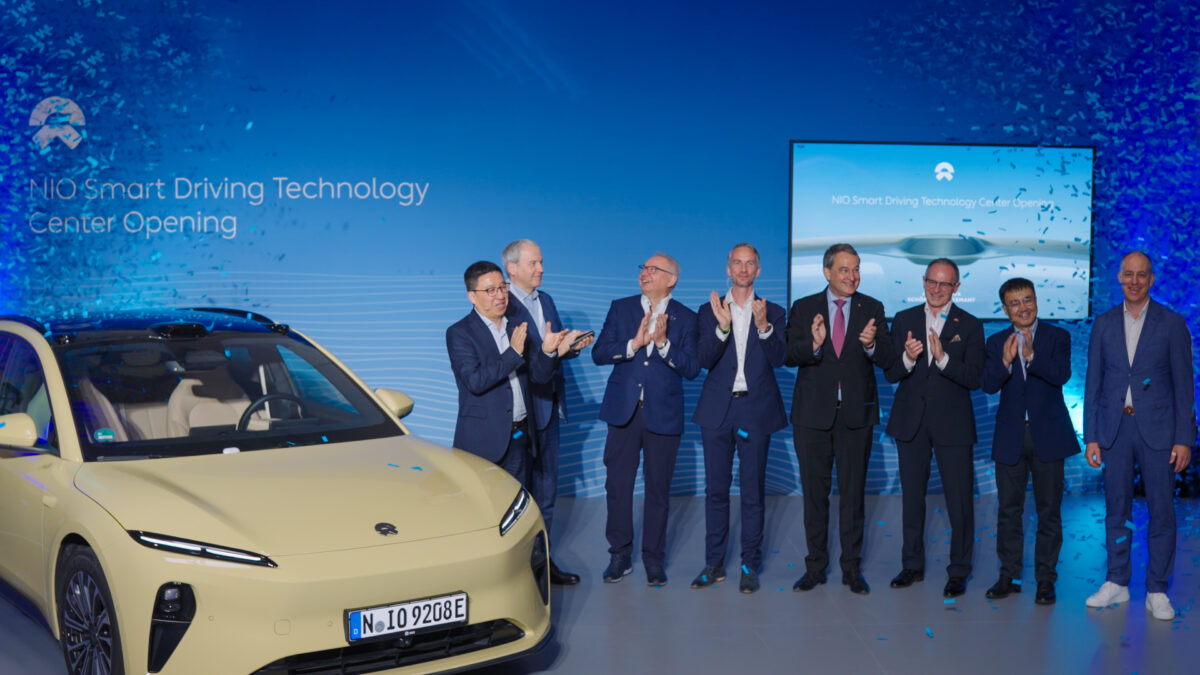Keeping abreast of industry trends is vital to ensure that precious time and money is spent wisely. If new technologies and business models are snapped up by the competition, it could also result in companies being left behind.
While the automotive industry has long used traditional market intelligence to forecast where things are headed, intellectual property (IP) libraries could prove to be a valuable but as yet relatively untapped source of information. By analysing patent data with machine learning technology, which essentially sifts through vast libraries of information, business decisions can be better informed, based on fact, rather than expectation.

That’s the view of London-headquartered intellectual property (IP) specialist PatSnap, which believes news feeds and funded research projects are not enough in today’s fast-paced environment. The CASE (connected, autonomous, shared and electric) megatrends have turned the industry on its head, and where investments had once focussed on analogue and mechanical technologies, money is now directed toward the digital, intelligent and automated.
“How many industries can say that the core product they have been working on for the last 50 or 60 years has completely changed?” mused Laurence Painell, Head of Product at PatSnap, during a recent Automotive World webinar. “It is incredibly exciting for observers, but for business leaders this becomes an enormous set of risks. The traditional ways of managing that and staying ahead have to change.”
Ahead of the curve
The idea is that IP data can help players to stay ahead of the curve in a meaningful way, and identify targets that may not have even been considered by others. “There is over 250 years of human innovation tied up in public data sources, and we want to be able to leverage that information,” said Painell.
Investments have poured into new entrants that have developed seemingly groundbreaking technologies. Oftentimes, automakers have made big money acquisitions or taken majority stakes in start-ups that have the necessary expertise to excel in otherwise uncharted areas. Artificial intelligence (AI) is a prime example, with companies across the value chain looking to get up to speed—just look at Ford’s US$1bn bet on Argo AI.

Whereas merger and acquisition (M&A) activity would previously focus on capturing either direct competitors or those with inherent benefits to an existing business strategy, things have changed. Moving forward, it has become apparent that money is being directed toward companies that traditionally would never have had a place within the automotive space. A host of buzzwords—machine learning, electrification, cyber security, telematics—all come to mind.
But with such long-term and often vague launch dates for commercialised autonomous vehicles, and still relatively small volumes of electric vehicles (EVs), it is difficult for business leaders to gauge when the return on investment will come. “It is a question of how to maximise the return on R&D dollars,” said Painell. “Partnering or acquiring will become so important in building up knowledge in these areas. Organically, it would be too difficult because of the way your employment base and technical expertise has been built up over time.”
There are implications on a retail level as well. “How do you stay ahead of what the new wave of increasingly technology savvy consumers are interested in?” questioned Painell.
Make the most of it
Patents are often filed well in advance of a technology making it to market. Uber filed its Uber Eats trademark years before the business model launched, for example. A similar example can be seen with Dyson’s supersonic hairdyer, which took the market by complete surprise.
“If you were paying attention and had the mind to search in the right place, you would have seen those patents years prior to the launch of those products,” said Painell. “By using that external data, you could have potentially done something about it to protect your strategic position.”
As it stands, patents remain a relatively untapped source of information today, and not only within the automotive space but other industries as well. “Very few companies are using external data and making it ubiquitous across their organisations in a way that enables them to predict, adjust, track and move against external factors that could affect their business,” concluded Painell.



